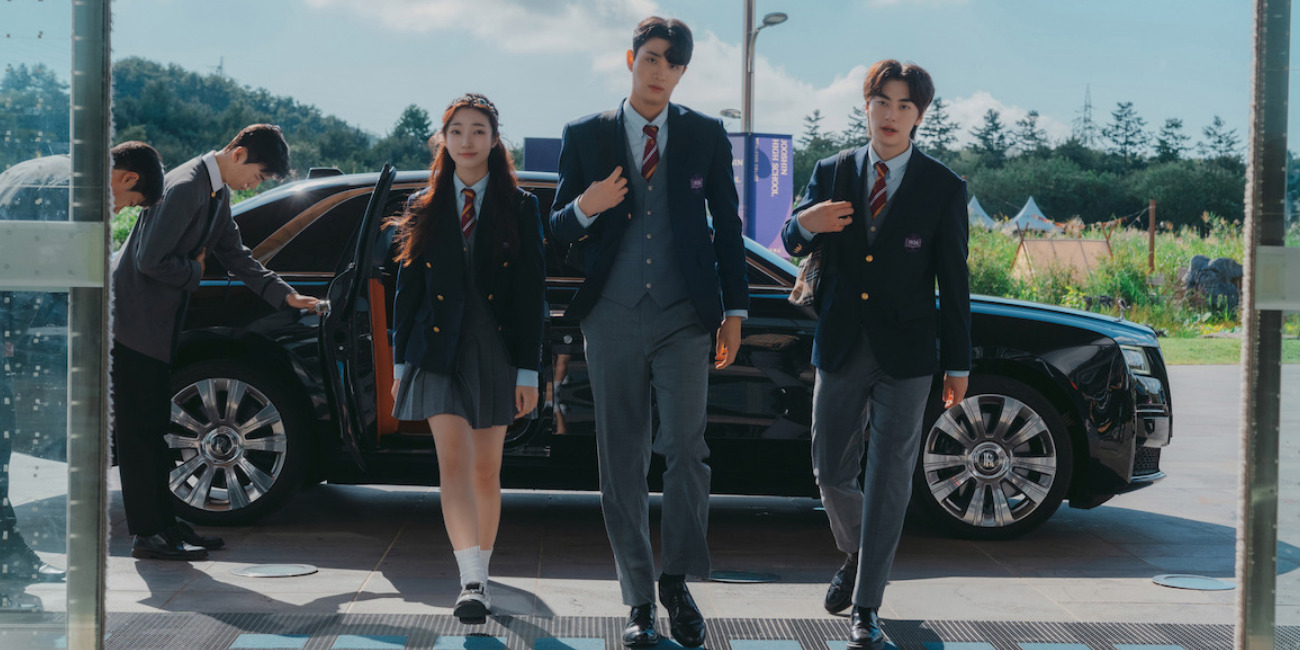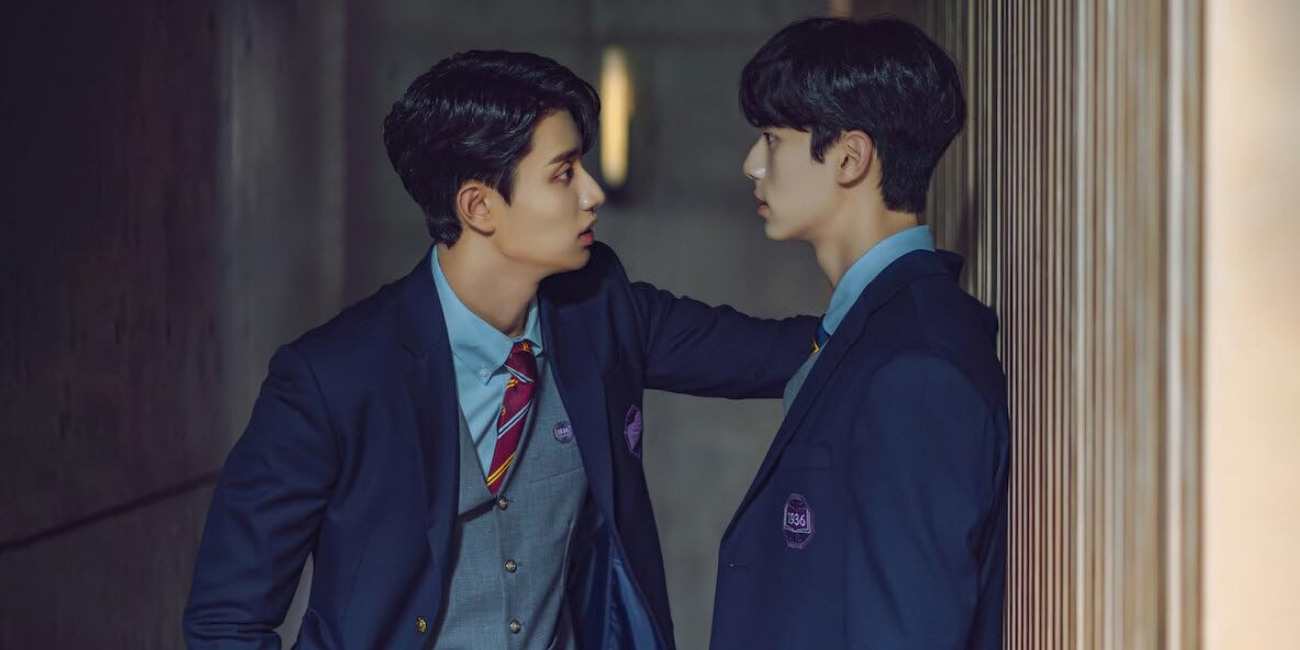‘Hierarchy,’ the Netflix Korean show, presents a drama-filled story that unravels in the halls of an elite private high school, Jooshin, where class and wealth reign supreme. Consequently, the institution’s culture remains saturated with extreme classism and elitism, with the select few scholarship kids regularly undergoing overwhelming bullying at the hands of wealthy heirs and their cronies. Thus, drastic change looms on the horizon as Kang Ha arrives at the school on a scholarship— with the hidden intention to investigate the mysterious death of his brother, In-han, another former Jooshin student.
Jooshin High School and its toxic social environment become the central conflict throughout the show’s narrative, feeding themes of class discrimination and the culture around wealth’s scope for power abuse. Thus, since the school remains the primary backdrop for the story, one can’t help but wonder if the institution has any actual basis outside of the show’s parameters.
Jooshin High School: The Fictional Institution Employed For Social Commentary
The narrative within ‘Hierarchy’ is primarily a fictitious story, with evident connections to previous similar Netflix projects such as the Spanish ‘Elite‘ and the Indian show, ‘Class.’ Much like the central establishments depicted in those shows, Jooshin High School also retains a fictionalized origin without any real-life counterparts behind it. As such, the on-screen institution was created by the show’s creative team solely for plot purposes. Thus, the school remains confined to its fictionality. Yet, due to the establishment’s crucial role within the story, Jooshin High School becomes ground zero for the narrative’s exploration of relevant socio-economic issues.

One of the most instrumental themes within the show emerges from its dissection of the problematic class disparity that persists within society. As such, Jooshin’s students, more often than not heirs to the top 1% of South Korean families, occupy the space of resident spoilt brats who are used to facing no consequences for their actions. While the depiction of this phenomenon is often exaggerated, it allows for social commentary about gross class privilege and pre-existing issues within a society driven by class disparity. Jooshin’s origin— as an institution built by a wealthy family for its heir’s education— further perpetuates the idea of the cyclic nature of classism.
Nevertheless, while Jooshin remains an ideal place to explore such concepts, it still lacks a tangible relation to real life. Although South Korean elite private schools exist in reality, known as “Jasago” or “Jasa-go” schools, their reality doesn’t live up to the overstated and almost criminal opulence of Jooshin High. In reality, such elite private institutions are defined by their freedom from government involvement, exercising independent control over curriculum, admissions, faculty hires, and such. Another notable aspect of these establishments remains their expensive tuition. Yet, most private schools tend not to be near Jooshin’s on-screen luxury.
Furthermore, in 2019, the country’s Education Ministry shared its decision to turn Jasagos into a regular high school by 2025. Even so, the motive behind the decision wasn’t driven by the abuse of power by the elite students that remains Jooshin’s trademark. Instead, the issue presented by actual South Korean private schools reportedly stemmed from concerns about “access to quality upper secondary education.” Thus, Jooshin shares similarities to the regular experience of private schools. Ultimately, the institution presents a fictionalized ecosystem that helps the narrative explore themes of class and privilege.
Read More: Netflix’s Hierarchy Ending, Explained


You must be logged in to post a comment.